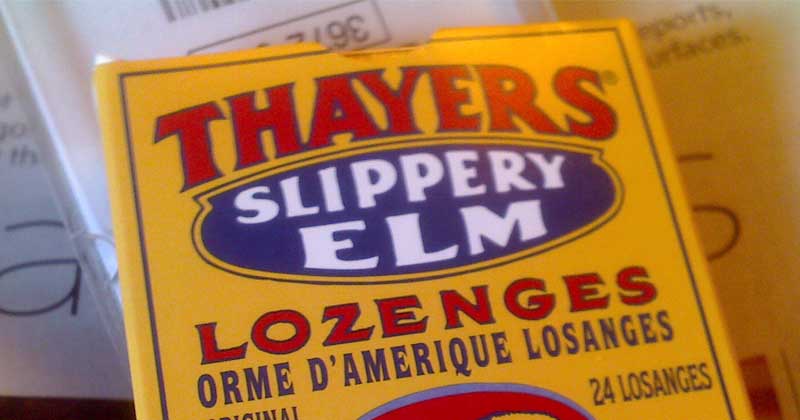Slippery elm bark (Ulmus rubra) is known for having many health benefits. However, some of these – such as for treating urinary tract infections and treating vaginal dryness – are not backed by much research. Below are the main benefits of slippery elm bark for your health.
Slippery Elm Bark Health Benefits
Gut Health
Slippery elm bark contains a gel-like substance called mucilage. When consumed, it coats the gastrointestinal tract, thus protecting them from damage and aiding in healing. The mucilage also helps reduce GI inflammation and balance gut bacteria. Numerous studies back up these benefits of slippery elm bark for IBS, leaky gut and other GI disorders.
Read more about how to use slippery elm bark for IBS and gut health here.
Psoriasis
The underlining cause of psoriasis is linked to gut health. Because slippery elm bark improves gut health, it is no surprise that research shows it also treats psoriasis. In one study, participants taking slippery elm bark for six months had significant plaque reduction. (1)
GERD
The mucilage in slippery elm bark coats and repairs the esophagus lining and reduces discomfort associated with GERD. In one study, it was found that an herbal preparation with slippery elm bark produced better benefits than antacids. (2)
Cough
Slippery elm bark helps cough because its mucilage acts as a demulcent which sooths mucus membranes and reduces inflammation in the lungs. Research shows it is very effective, especially for dry cough. (3, 4)
Sore Throat
The mucilage in slippery elm bark coats the throat and helps treat sore throat. It is so effective that the FDA even recognizes it as a natural treatment for sore throat. Very few natural herbs are recognized by the FDA. (5, 6)
Treating Wounds
A traditional use of slippery elm bark is to treat wounds. The powdered bark would usually be applied directly to the skin as a poultice. Research shows that these skin benefits are because slippery elm bark has tannins which reduce inflammation in the skin and strengthening structural proteins. The tannins also contain antioxidants which can protect against bacterial infection. (7)
Hair
Slippery elm can also be applied to the hair as a detangler to prevent breakage. The mucilage can strengthen hair proteins to make hair thicker and also helps to treat dandruff. Read more about slippery elm for hair here.
How to Take Slippery Elm Bark
Slippery elm bark is usually taken as a tea, lozenge for sore throat or as a glycerine extract. A typical dosage of slippery elm bark powder for adults is 800mg to 1500mg per day.
Read more about how to take slippery elm bark and dosage here.

